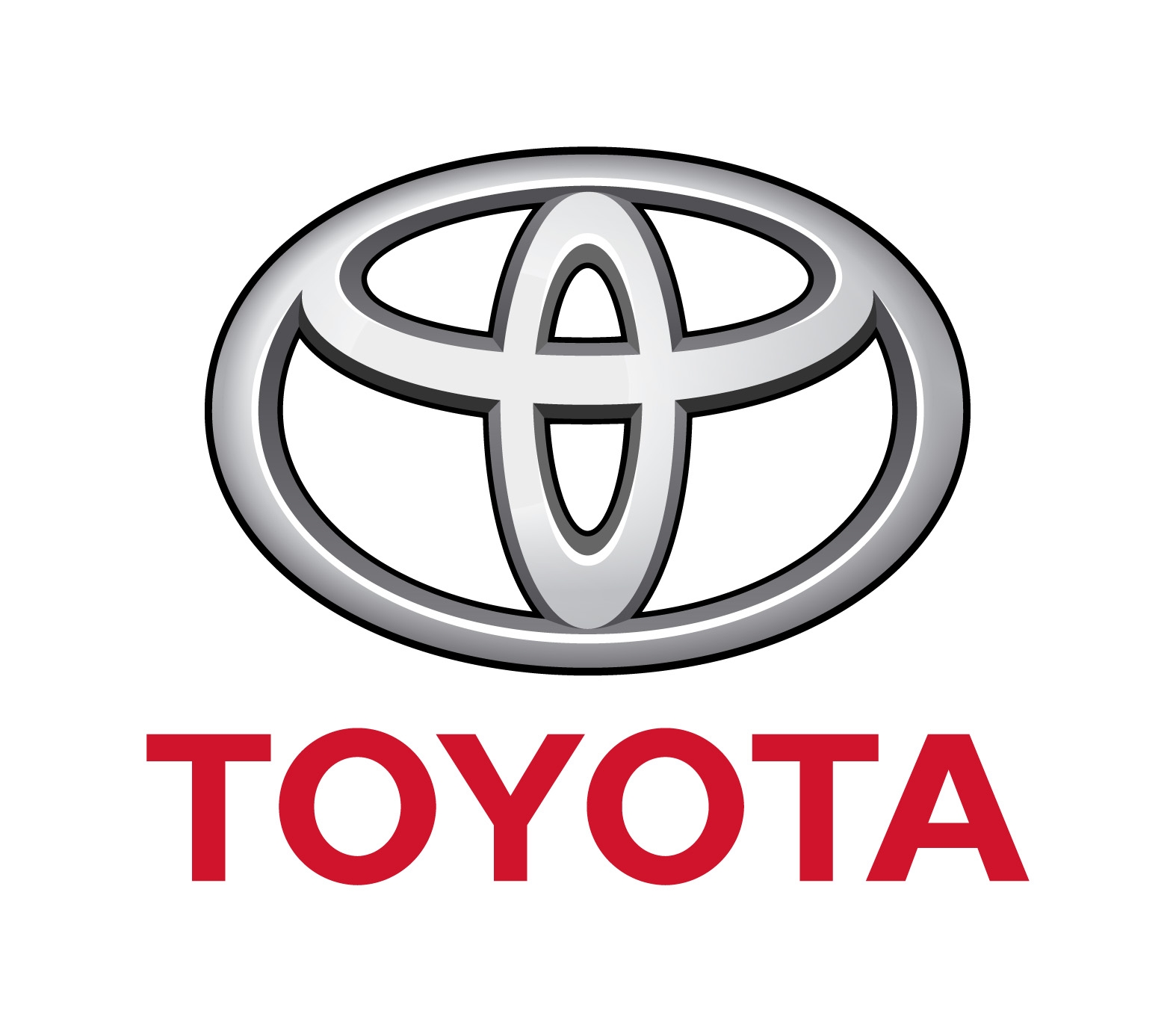In a historic turn, Toyota Motor North America has taken the U.S. sales crown from General Motors for 2021 after the shortage of semiconductor chips severely hampered GM’s ability to build enough new vehicles to meet demand.
On Tuesday, GM and Toyota both reported fourth-quarter and full-year new car sales results and, as many analysts predicted, Toyota outsold GM in both categories. GM has been the market leader since the Great Depression, according to Automotive News.
GM reported its fourth-quarter sales plummeted 43% to 440,745 vehicles sold compared with the year-ago quarter. For the full year, GM’s new vehicle sales in the U.S. declined 13% to 2.2 million new cars sold.
Meanwhile, Toyota reported it sold 474,378 new vehicles in the fourth quarter, down 28% from the year-ago period. For the full year, it sold 2.3 million vehicles, a 10.4% gain from 2020. Toyota’s biggest sellers were the Camry sedan, the RAV4 and Highlander SUVs and the Tacoma pickup.
But Toyota’s win is likely an anomaly, said Jessica Caldwell, executive director of Insights for Edmunds.
“Although Toyota should be commended for this accomplishment in the face of the Detroit Three’s historic dominance in auto sales, the company shouldn’t get too comfortable in the top spot,” Caldwell said. “It’s unlikely that this will happen again since 2021 was an extraordinarily unusual year.”
But in its sales release, Toyota leaders said the company is positioned to continue to deliver strong sales.
“Despite a second consecutive year of challenges, TMNA focused on delivering an exceptional customer experience, and we remain optimistic as our electrification strategy further evolves,” Jack Hollis, Toyota Motor North America’s senior vice president of Automotive Operations Group, said in a statement. “Thanks to our phenomenal dealers and world-class purchasing and manufacturing teams, our inventory continues to improve and we’re preparing to introduce 21 all-new, refreshed or special edition vehicles in 2022.”
GM’s top sellers
GM’s sales were supported by the Chevrolet Silverado and the GMC Sierra full-size pickups, which sold a combined total of 778,689 units for the year. But they did not top last year’s sales. GM sold 248,924 Sierras this year, down about 2% from what it sold in 2020. Likewise, Silverado sales came in at 529,765, an 11% decline from 2020.
GM’s President of North America Steve Carlisle said the automaker is poised to recapture market share in the year ahead.
“In 2022, we plan to take advantage of the strong economy and anticipated improved semiconductor supplies to grow our sales and share,” Carlisle said in a statement. “We will also further strengthen our industry leadership in trucks and begin our drive to EV leadership in North America with the rollouts of the GMC HUMMER EV, Cadillac Lyriq and the reveals of the Chevrolet Silverado EV and GMC Sierra EV.”
GM’s chief economist said economic growth in the U.S. and improving semiconductor availability will help drive U.S. total light industry sales from around 15 million in 2021 to 16 million this year.
“The key constraint for sales continues to be reduced inventory levels as a result of the semiconductor shortage. Those inventory levels are beginning to recover against a backdrop of strong fundamental demand conditions, with ample job openings, high household savings and low interest rates,” said GM’s Elaine Buckberg.
All automakers struggled in 2021 to keep new-car production running amid the chip shortage that started in February.
GM took severe hits to new-vehicle sales in the second half because of low inventory and production delays as the automaker awaited chip parts. The chips are a key component in a variety of car parts.
To keep inventory flowing, GM made certain vehicles without some amenities such as wireless charging technology or Automatic Stop/Start, the feature that turns off the engine when a driver stops at an intersection and then automatically restarts it when the driver steps on the throttle.
But GM had some bright spots in the quarter and for the full year especially with its strategy to direct whatever chip parts it could get to the plants that make its more profitable vehicles. Those include big SUVs such as the Cadillac Escalade and its full-size pickups.
Sales of the Escalade rose for the quarter and for the full year. For the quarter, Cadillac sold 9,664, a 2% gain over the year-ago quarter. For the full year, GM saw sales of its redesigned Escalade rise 65% to 40,505 units sold. Other strong sellers were the Chevy Tahoe and Trailblazer SUVs. For the year, GM sold 106,030 Tahoes, a gain of 20% and GM sold 90,161 Trailblazers compared with 34,292 in 2020.
Sales of the all-electric Chevrolet Bolt also rose 20% to 24,828 units sold despite GM having to halt production in late summer at Orion Assembly in Orion Township because of a global recall of 2017-22 Bolts due to defective batteries that could pose a fire threat. That production halt hurt Bolt sales in the fourth quarter with GM selling just 25 of them compared with 6,701 cars a year ago.
GM’s results follow a rough 2020. GM’s new-vehicle sales dropped 11.8% for the full-year 2020 compared with 2019, largely because of the pandemic-induced eight-week shutdown that year. Rival Toyota reported its U.S. sales declined 11.2% in 2020 compared with 2019.
Toyota at the top
While Toyota topped GM in sales in the second and third quarters last year, it has never beaten GM for full-year sales until now, said Michelle Krebs, executive analyst for Cox Automotive. Krebs said Ward’s Automotive data goes back to 1961 and showed GM was the sales leader every year — albeit being beaten in some quarters — since that date.
Toyota’s success comes from managing tight inventory well all year, Krebs said. And it had solid sales in its Toyota brand as well as its luxury brand Lexus, she said.
Toyota stockpiled computer chips, too, which helped it avoid some of the production pitfalls that hit the Detroit Three early in the chip shortage, Krebs said.
“However, the chip shortage did catch up with Toyota by fall when it massively cut global production,” Krebs said. “What became clear during the year as well is that Toyota has an extremely efficient distribution system that allows it to increase sales even when it has among the lowest inventories.”
Golling Toyota of Warren saw new-car sales skyrocket during 2021. It finished the year selling 722 new cars, up from the 520 it sold in 2020, said Melissa Tomassi, new car sales manager. Tomassi credits the increase in sales to Toyota’s aggressive leasing and vehicle reliability.
“Then there’s a generational change,” Tomassi said. “The millennial buyers and Gen Z buyers look for safety, least expensive payment … they don’t buy for the flashiness, they buy for the best value. Also, Toyota was the lead in the hybrids and I think that’s contributing to what we’re doing too.”
Tomassi said consumers can get a three-year lease on a 2022 Toyota Tacoma 4X4 pickup for less than $300 a month with $750 down. This includes maintenance for two years.
According to TrueCar, a similar lease on a 2022 Chevrolet Silverado 1500 costs over $500 a month with $2,000 due at signing.
But Edmunds’ Caldwell said GM has positioned itself for future leadership. GM is investing $35 billion in electric vehicles and autonomous technologies through 2025, which should set up the automaker for “the expected shifts in the transportation sector this decade and beyond,” Caldwell said.
Less inventory at Chevy
Paul Zimmermann is a partner in Matick Automotive, which owns Matick Chevrolet in Redford Township and Matick Toyota in Macomb. He said Toyota was slightly better positioned to weather the chip shortage last year.
“Going back to the 2011 tsunami in Japan, Toyota got away from the just-in-time manufacturing process and started to stockpile more parts,” Zimmermann said. “So they had stockpiled and had a little bit of chip parts to weather the storm until late second quarter and early third quarter versus the rest of the manufacturing base.”
Matick Chevrolet experienced about an 80% reduction to its inventory whereas Matick Toyota saw inventory dip by less, about 50%, Zimmermann said.
Across the industry, new-vehicles sales in December are expected to reach 1.10 million units, a 32% decline compared with December 2020, according to a forecast by Cox Automotive.
For the full year, new-car sales should come in around 15 million, according to Kelley Blue Book vehicle counts. That is a 2.5% increase from the 14.5 million in 2020, but well below the five-year average of 17.3 million the industry experienced from 2015-19, Cox Automotive noted.
“While sales in the first half of 2021 were relatively strong, the industry ran out of vehicles, and sales stalled in the second half,” said Cox Automotive Senior Economist Charlie Chesbrough. “Total sales in the second half of 2021 were the slowest in a decade. Demand is healthy, but supply and production disruptions kept the industry in check. You can’t sell what you don’t have.”
By Jamie L. Lareau, Detriot Free Press













